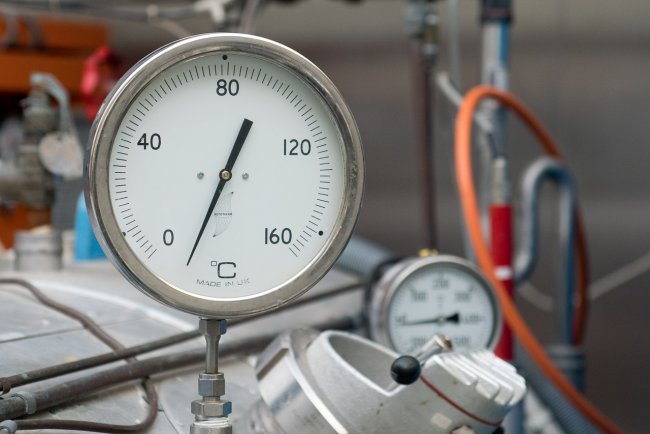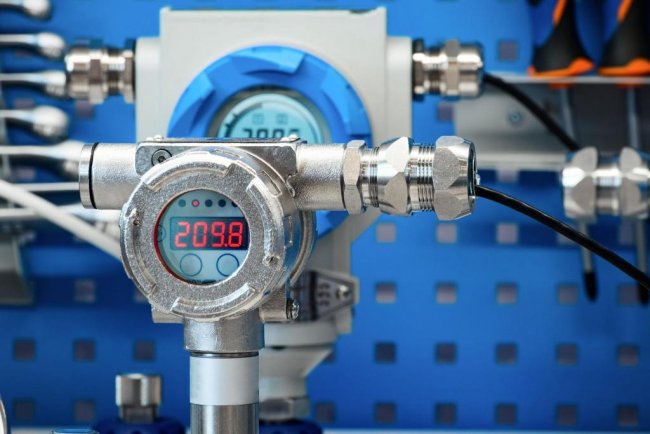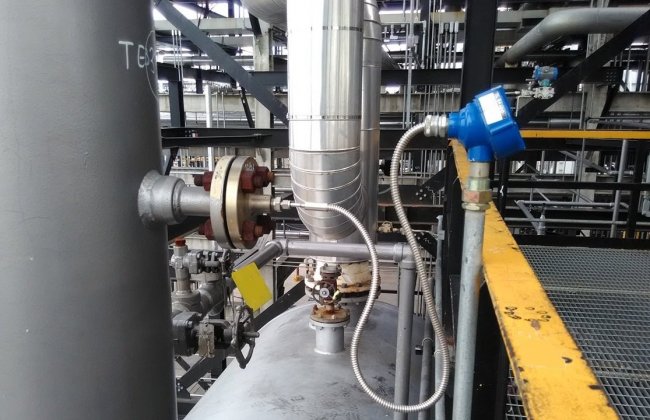What factors should be considered when choosing a temperature measurement method and instruments
The successful solution of the control of the temperature process at any particular object is often determined by the correct choice of measurement method and measuring device. The task of choosing a method and a measuring device is quite difficult, since an optimal solution must be sought, taking into account numerous, often contradictory factors.
There are often cases when this problem cannot be solved successfully, and the desired temperature values must be found indirectly, using the results of measurements of other physical parameters of the object, which are naturally related to temperature. The main factors that determine the choice of measurement method are briefly described below.
Measured temperature range
This factor is critical. Although many methods are known for measurements in the elevated temperature range, with the measurement of the measured temperature, the number of such methods becomes more and more limited.
Look:Methods and instruments for measuring temperature
Dynamics of the research process
When studying variable and especially short-term thermal processes, the thermal inertia of thermal detectors is often a significant limitation of the applicability of contact methods for measuring temperatures. The difficulties arising in this connection can in many cases be overcome by introducing corrections calculated by the appropriate methods or by using special correction devices.
However, if the change in the temperature of the object being examined is accompanied by a change in the conditions of heat transfer, then the presence of thermal inertia of the thermal detector will lead not only to a delay in the readings of the device, but also to a distortion of the shape of the recorded curve of temperature change.
In devices based on the use of non-contact temperature measurement methods, receivers with a very short time constant can be used, thereby significantly expanding the dynamic range of measurements. In this case, the dynamic characteristics of the recording equipment used become a limiting factor.
Accuracy of measurements
The requirements for the accuracy of temperature measurement by the selected methods correspond to the permissible measurement error of this parameter established by this technological process.
Taking into account the peculiarities of temperature measurements, it should be borne in mind that the permissible error in instrumental measurement with the selected set (thermal detector with a measuring device) should not be equal to the permissible error in temperature measurement, but in some cases it is very less.
The necessary margin of accuracy of the measuring set should be reserved for the expected instability of the thermal detector characteristics, which is often encountered when measuring high temperatures, as well as for the expected values of the random component of the methodology and the random component of the dynamic errors for given conditions of measurement.
When determining the required accuracy class of the used measuring or recording device, it should be taken into account that the accuracy class characterizes the permissible basic error of the device, expressed as a percentage of the entire scale range of the device. The absolute value of the permissible error will be the same in any point on the scale.
Therefore, the device can have such a value of fundamental error at any point on its scale. Therefore, the relative value of this error relating to the measured value itself will be the greater the closer the value of the measured value is to the start of the scale.
Let's explain this with an example. In a measuring device of class 0.5 with a scale of 500 — 1500 ° C, the absolute value of the permissible error is 5 degrees at each point of the scale. The base error value for this device can reach an acceptable value.
Its relative value in this case can vary from 5/1500 (0.3%) at the end of the scale to 5/500 (1%) at the beginning of the scale. Therefore, it is advisable to choose a measuring device with such a range of scale changes that the expected values of the measured value fit in the last third of the scale.
If the calculation of the relative errors is carried out with respect to temperature, then it is recommended that it be carried out with respect not to the absolute value of the temperature, but only to the temperature interval covering the considered process..
In fact, depending on the scale (degrees Kelvin or Celsius) in which a given temperature value is expressed, the relative error of the measurement will have a different value, which cannot be considered acceptable.
Instrument sensitivity measurement
When choosing a measuring device, it is necessary to pay attention to the fact that its sensitivity corresponds to the required measurement accuracy and provides the necessary time resolution of the results of the study of the variable process.
The opinion is wrong that the most sensitive measuring device can provide the highest measurement accuracy, which is often not even required to study this process. The use of a device with an excessively high sensitivity can create a false impression of the dynamics of the studied process.
Such a device can be capricious under these operating conditions, and its readings will be affected by a number of side factors (wind blowing in the room, vibrations), creating an increased variation in readings that is not characteristic of this phenomenon.
On the other hand, the use of a device with very low sensitivity will not allow the observation of small but characteristic fluctuations of this process, as a result of which a false impression of high temperature stability of this process may arise.
Chemical interactions
When deciding on the possibility of using this device to measure high temperatures of a liquid or gaseous medium, the degree of interaction, on the one hand, of the medium and the materials of the thermal detector introduced into it is often decisive, and on the other side, the interaction of individual parts of the thermal detector itself.
This group of phenomena also includes the catalytic effect that occurs on the surface of platinum group metals in fuel gas mixtures. As chemically inert substances with respect to mixtures of combustible gases, platinum and palladium accelerate the reaction of the components of the mixture with intense heat release on the surface of the catalyst, heating it.
Therefore, the readings of thermal detectors with platinum or palladium parts in direct contact with combustible mixtures do not characterize the equilibrium temperature established between the thermal detector and the environment, but a significantly higher temperature caused by catalytic heating.
See also:Advantages and disadvantages of different temperature sensors



